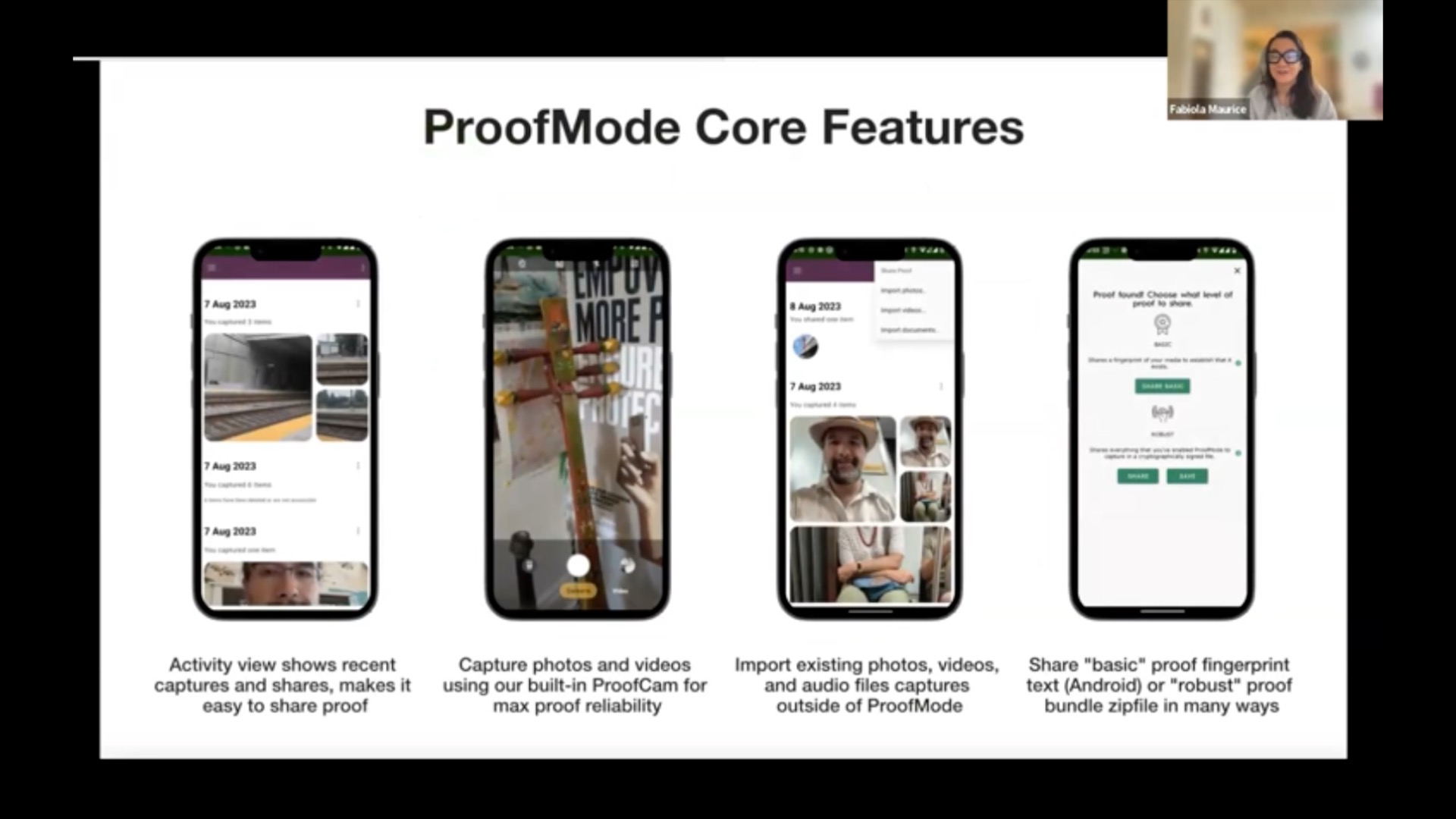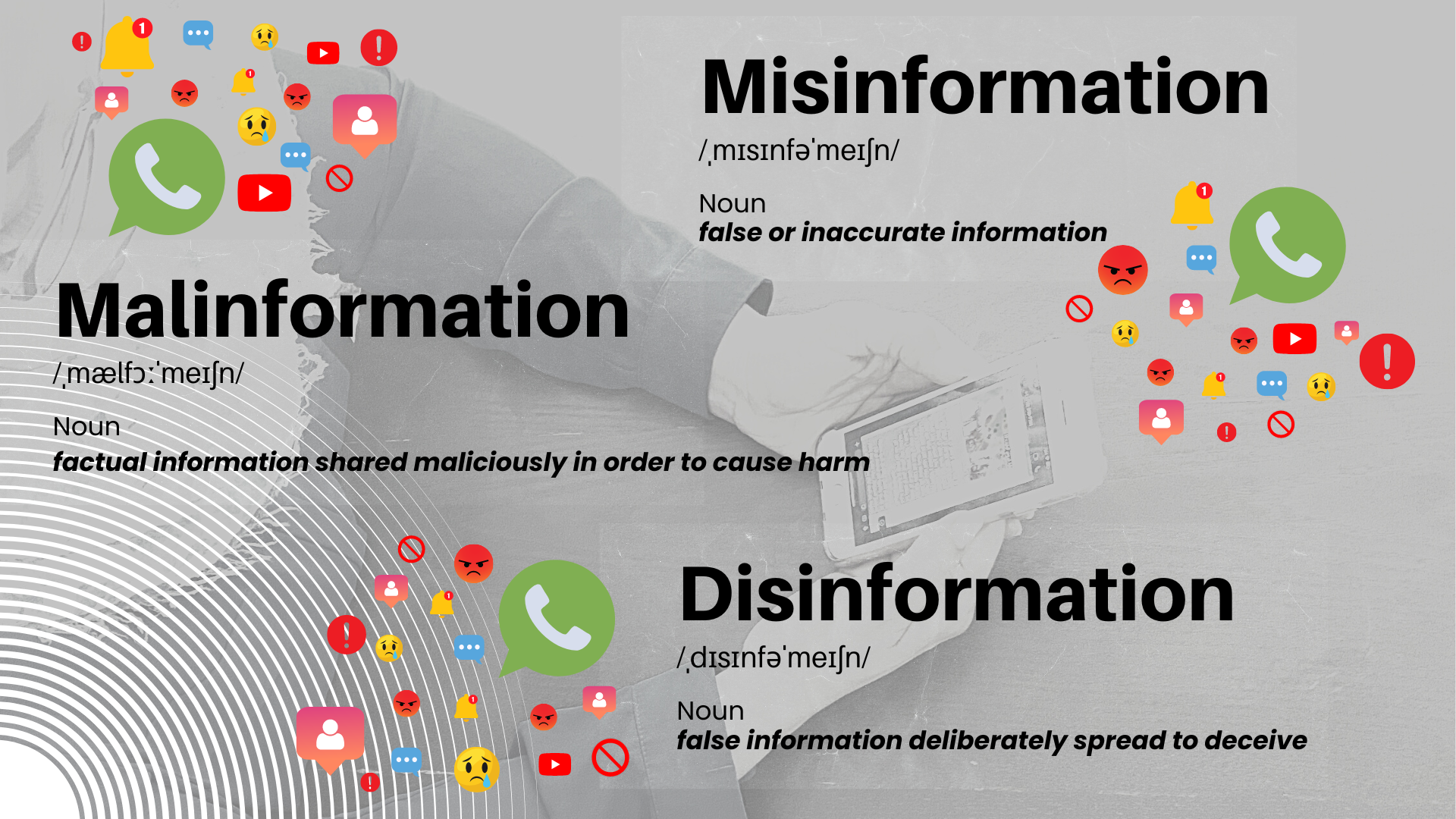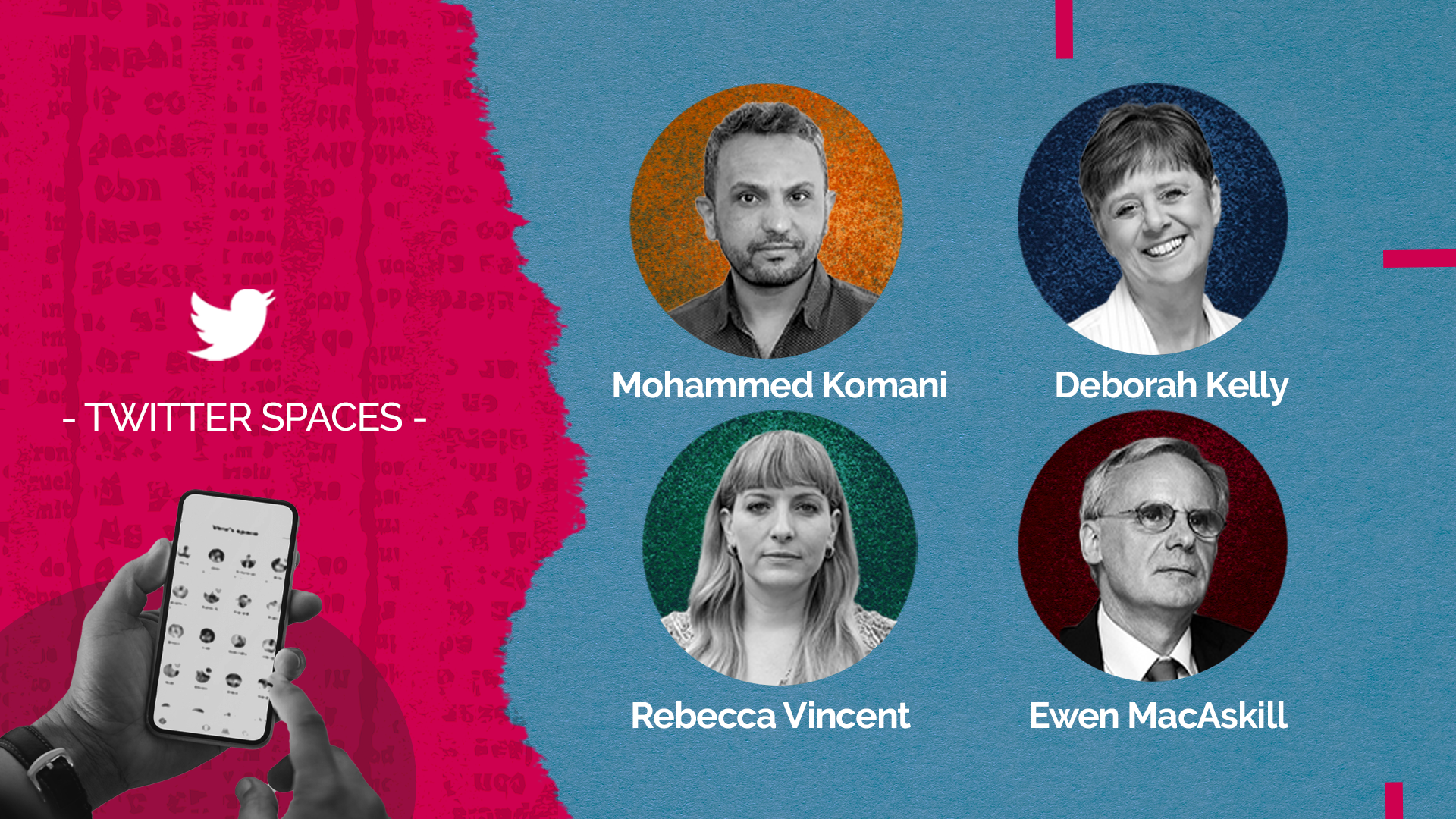A pioneering system aimed at preventing the spread of disinformation and creating verifiable content from capture to publication is being road tested in a series of workshops led by the Thomson Foundation.
As disinformation becomes more widespread and more sophisticated, a community of the world’s leading media and tech companies including Adobe, Nikon, Microsoft, and the BBC known as the Content Authenticity Initiative are working together to create technical standards for certifying the source and history or provenance of media content.
...the spread of mis and disinformation a ‘clear and present global threat’...
Image manipulation
These specifications known as content credentials are already being integrated into image capture and edit software and journalists from the Western Balkans and Central Europe were among the first to check them out in a series of online workshops.
In June 2023, the UN Secretary-General António Guterres called the spread of mis and disinformation a ‘clear and present global threat’ and it’s clearly a big challenge facing journalists who were in the workshops.
Goran Avramovic from Kosovo explained the importance of being able to check the credentials of an image.
In a previous instance, he and his colleagues proved a photograph released by a politician, which allegedly showed Albanian women being raped, was in fact taken from a porn site.
“We need all kind of tools in order to confront that,” he said.
Arbnora Memeti, who’s a photojournalist in North Macedonia, said that her photographs were often manipulated. “The other day I woke up to a photo which had been posted saying ‘this photo is old and from 2014’. But it was not because I took it [the day before].”
Global technical specifications
The technical standards system adds content credentials or metadata at every point of content creation from an image taken on a camera or smartphone through editing, including the addition of AI material, to publication. When it comes to editing, credentials can be added via open-source browser-based systems as well as paid-for products such as Adobe’s Photoshop.
The system works to specifications created by the Coalition for Content Provenance Authenticity (C2PA), a coalition formed by leading media and tech companies and is designed to be tamper proof so the data cannot be stripped from the content. It will also be available for audio and video files.
It is now available via an App on a smartphone and will soon be available in DSLR cameras such as Nikon, Canon and Leica.
I still do not know if this photo was manipulated or not.
Existing verification tools insufficient
The need for standardised specifications such as C2PA to enable fast, effective verification was highlighted in the workshop by Victor Markovic in Serbia.
He explained about verification problems experienced by journalists with an image which appeared to show the country’s President paying his respects at a school in Belgrade where a mass shooting had taken place.
“A lot of professional forensics [people] came to help and determined that it was fabricated but we still do not have official proof. I still do not know if this photo was manipulated or not.” he said.
During the workshop, the journalists were able to capture an image on their smartphones using an app called ProofMode, which was created by Guardian Project, a global collective of software developers and designers.
ProofMode can add content credentials identifying for example the geolocation where an image was taken, date and time. It is currently being used by journalists in Ukraine to document potential war crimes.

Content creators get credit for work
Fabiola Maurice from the Project explained that the app addressed four key types of mis and disinformation content: fabricated, false, manipulated and imposter.
The participants were then able to add additional content credentials to an edit using Adobe software in Photoshop and Lightroom which is at the Beta development stage.
Coleen Jose who led the demonstration for Adobe explained how the Coalition was looking to address disinformation online and the breakdown of trust.
“First, we are doing that through attribution; content creators get credit for their work,” she said. “And then second...to bring a level of truth about how things are made rather than detecting how things might have been falsified...not after the process, but the process itself. That's what we are focusing on: the process itself.”
Through the workshops delivered by Thomson Foundation, the media and tech companies hope to gain more of an understanding of the challenges facing journalists around disinformation and how technology can be used to protect content and become part of a journalist’s daily workflow.


